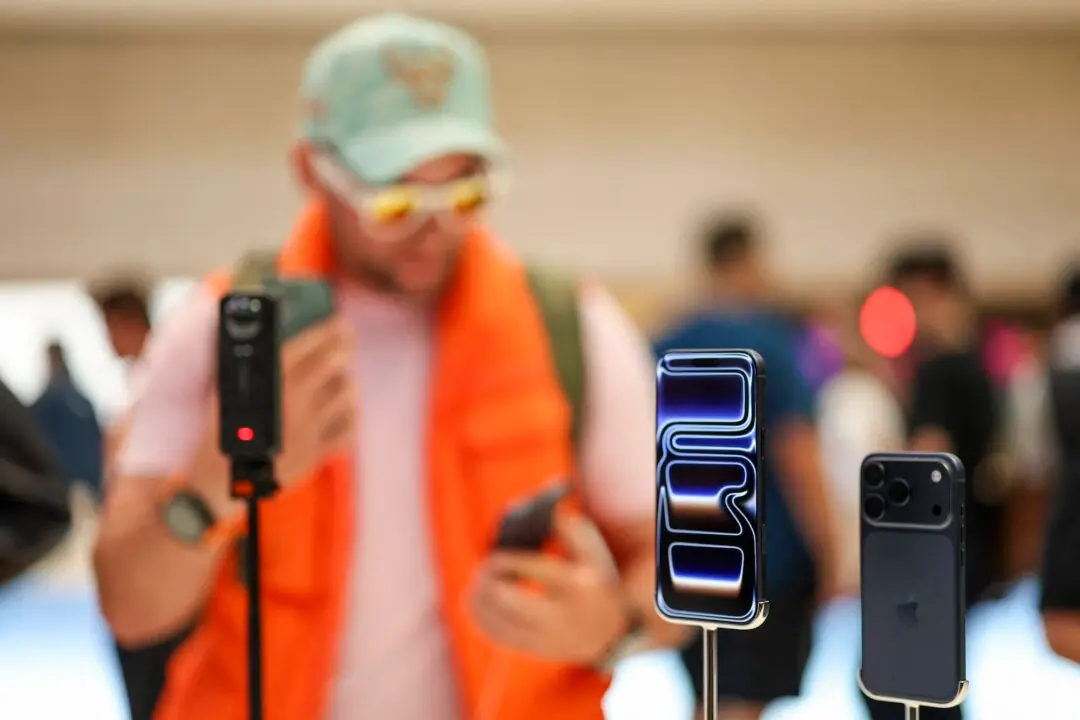A Pennsylvania man is suing after he claims he got an eye-eating parasite from a water park that has left him suffering from long-term eye damage, according to court documents, reports the Pittsburgh Post-Gazette.
In the lawsuit, filed on Tuesday, Nov. 28, Robert Trostle and his wife Krystsina allege negligence on the part of Kennywood Entertainment, the company that runs Raging Rapids, a water park in Pittsburgh, Pennsylvania.





